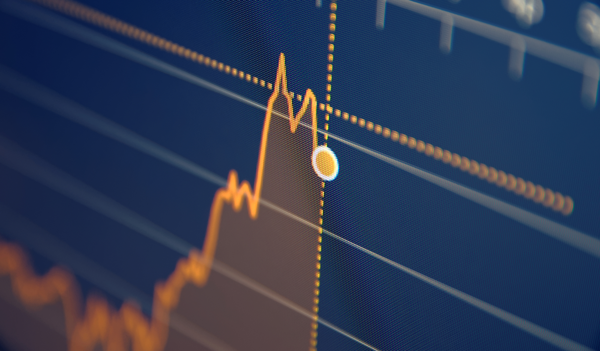
After a tough summer for junk bonds, with investors yanking cash out of the market, the clouds are gathering for a potentially stormy fall.
September is typically among the busiest periods of the year for debt sales, posing a risk to issuers of high-yield bonds after fund managers from Pacific Investment Management Co. to DoubleLine Capital turned bearish on the asset class. How the market adjusts to the coming wave of supply will determine whether the recent slump proves to be just a blip.
Market participants have starkly contrasting takes on what comes next.
Gene Neavin, whose Federated High Yield Trust has outperformed 95 percent of peers over the past five years, sees a rebound looming and discounts the idea that the summer slump was related to a fundamental reappraisal of risk based on geopolitical concerns and prospects for further U.S. monetary tightening.
“High-yield spreads have widened through August, so when investors come back in September they’ll see a more attractively valued high-yield market and I think you’ll see inflows pick up again,” Neavin said in a telephone interview. “The back-up was a function of some investors evaluating position sizes,” rather than anything more fundamental, he said.
Neavin favors bonds in the CCC ratings category over higher-ranked peers, and reckons premiums over government debt will eventually tighten to 300 basis points, from 444 basis points currently in a Credit Suisse Group AG index he tracks.
Neavin suggested the market can absorb some $25 billion in new supply of U.S. high-yield bonds slated for this month -- a figure that’s still below the $30 billion for last September, and less than half the $55 billion sold in that month in 2013.
UBS Group AG analysts are on the other side, arguing premiums haven’t risen enough to entice investors.
“I don’t buy that argument: high-yield spreads are still trading very tight historically despite recent spread widening,” said Stephen Caprio, a New York-based UBS credit analyst. “Yields are lower than where they started 2017 -- this is still not attractive yet to engineer more demand.”








